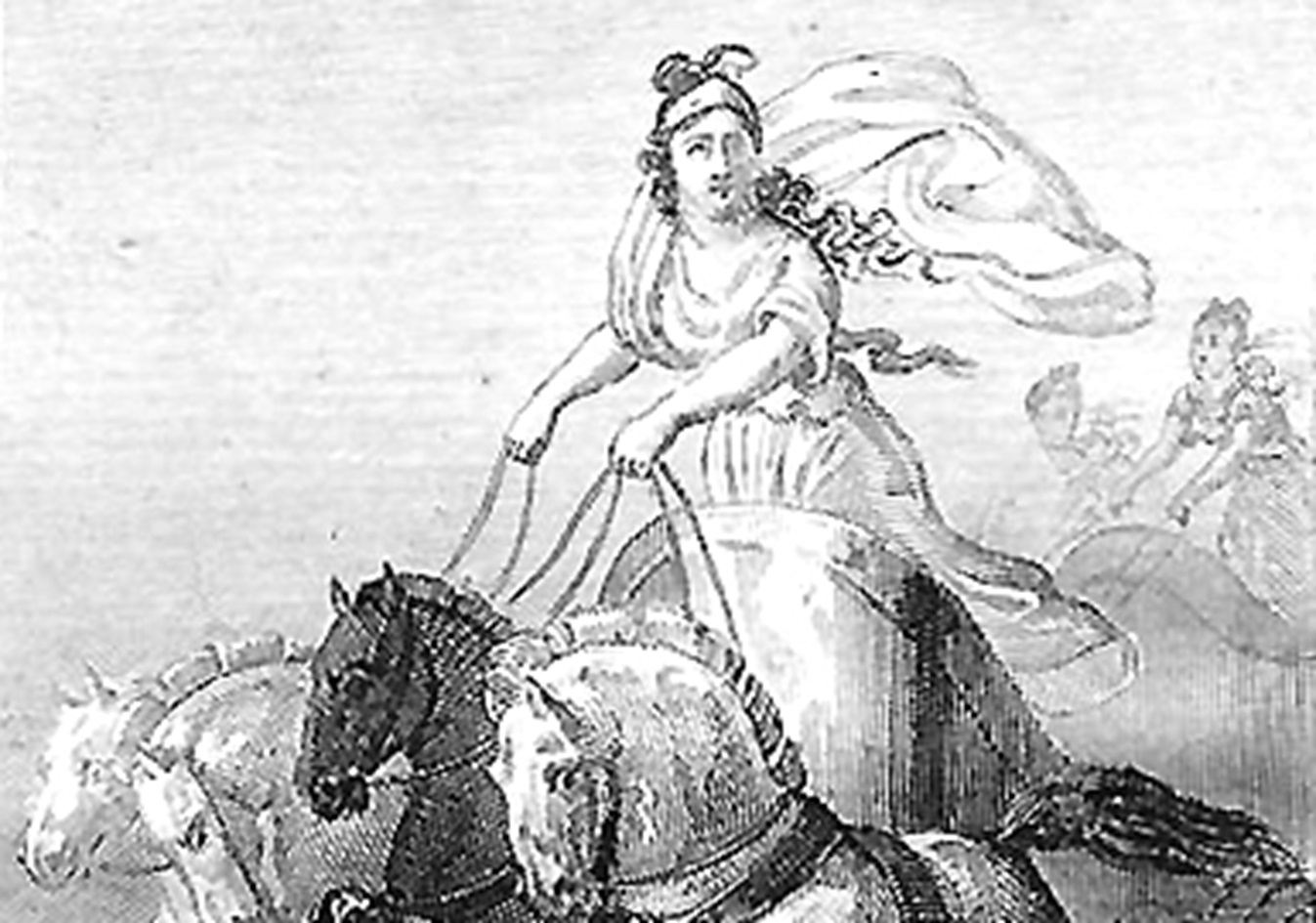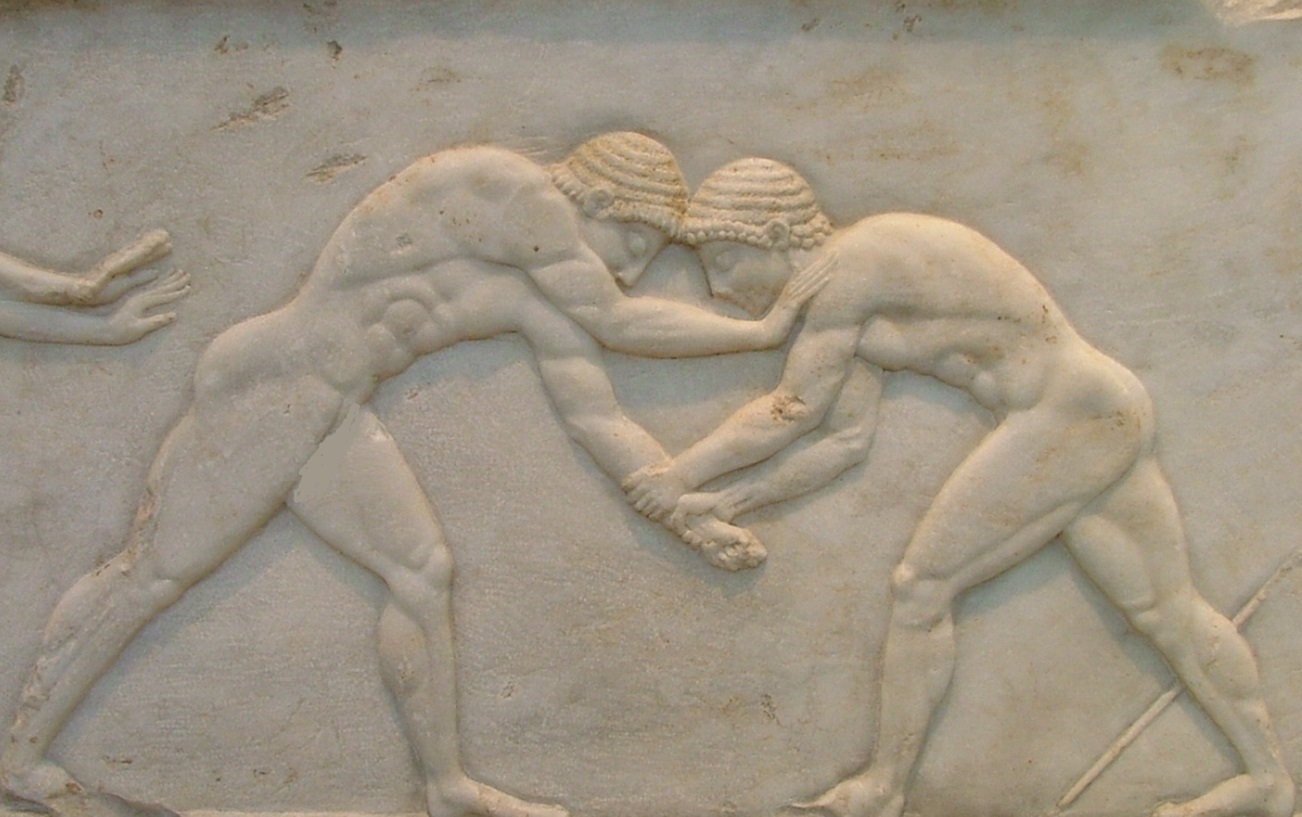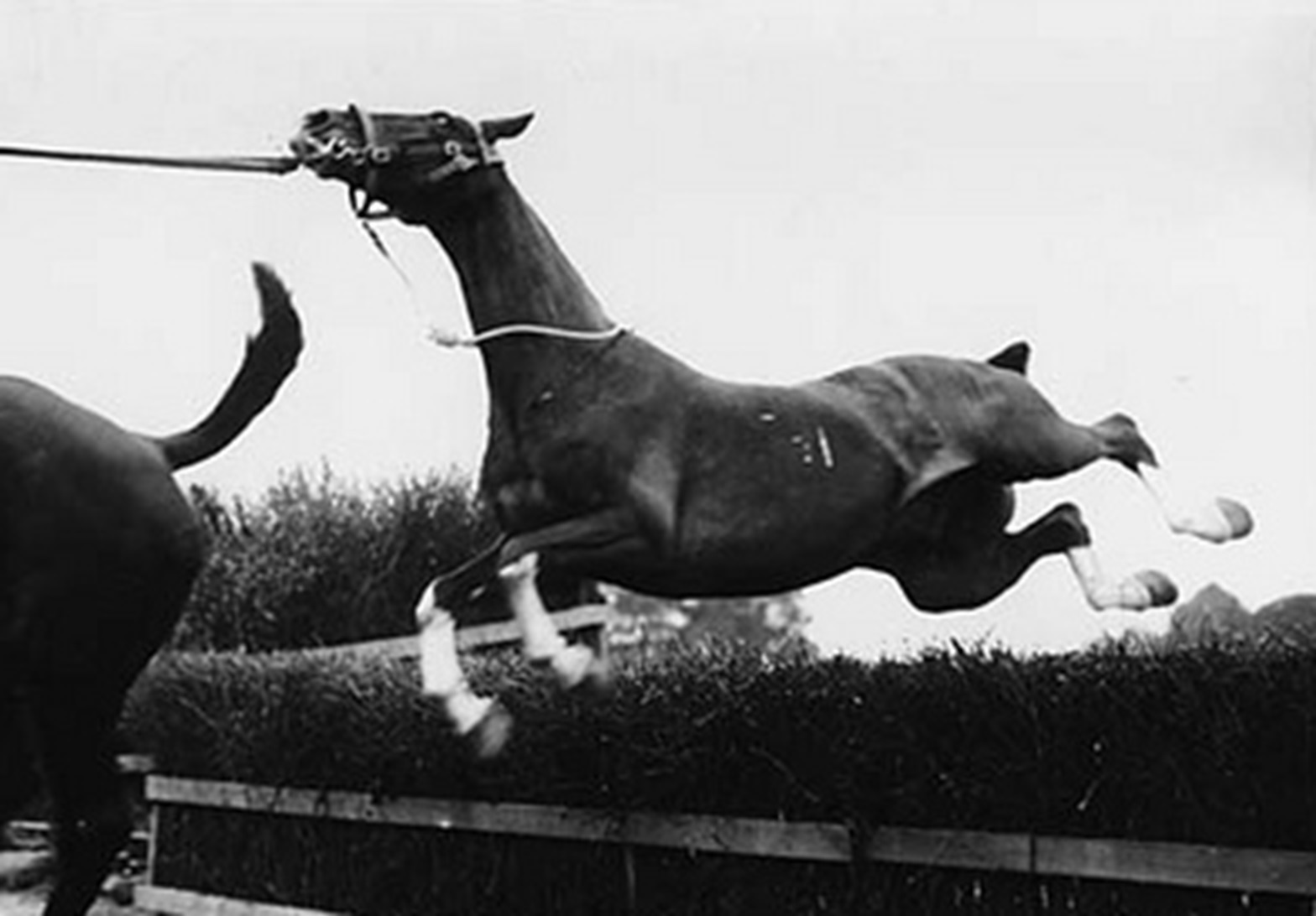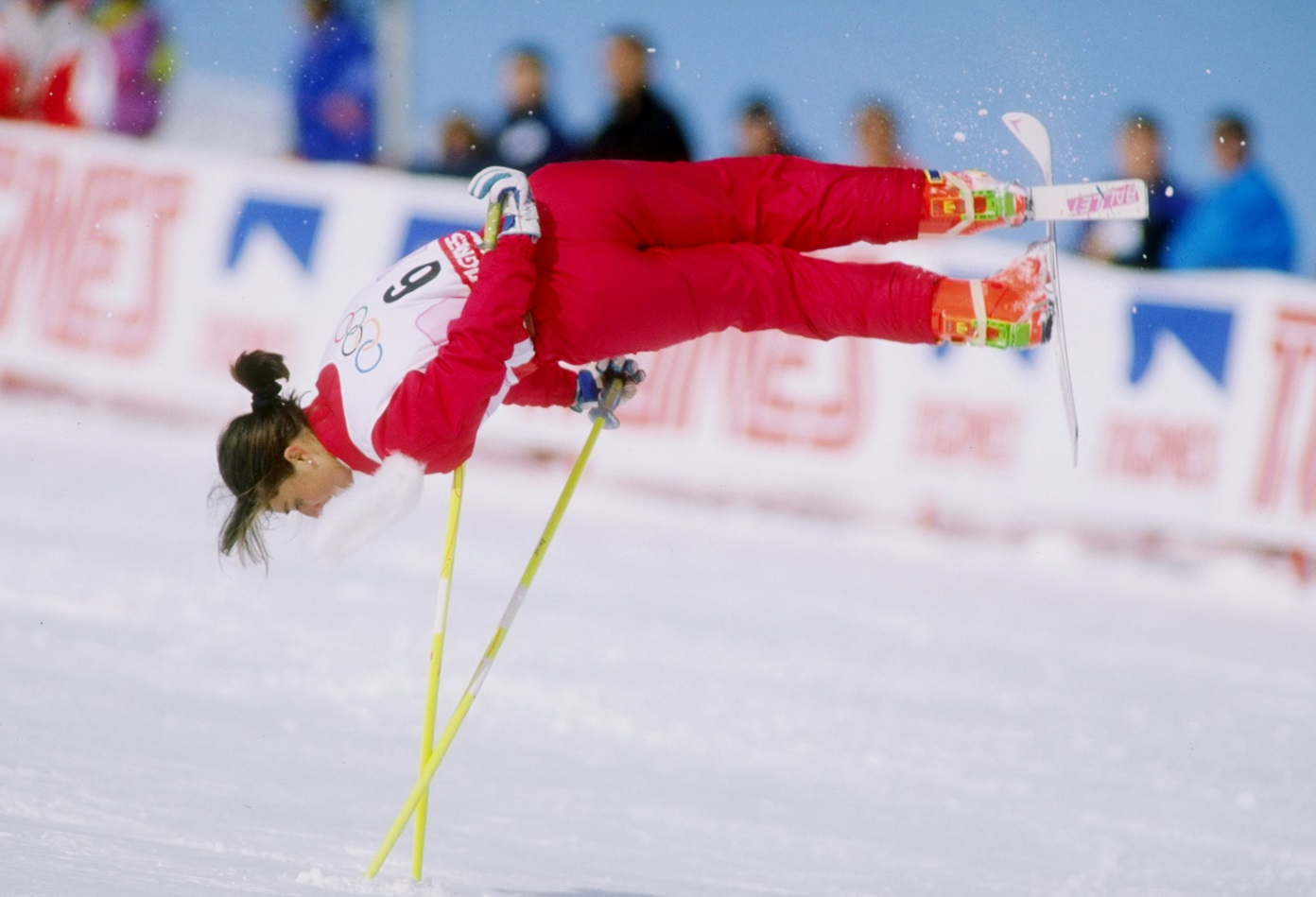The Weirdest Olympic Games
The Olympic games weren’t always so popular. When they held the first modern Olympics in Athens in 1896, people weren’t sure that the games would be a reoccurring event. And when the Games continued in 1900 and 1904, it was as a sideshow to the Paris World Fair, and pretty much anyone could sign up to compete.
Being a far cry from the organized display of professional athleticism we’re familiar with today, some of the sports in the early Olympics were a bit strange. Here are some events that were too strange—and some that were just too ancient—to make it to the modern Olympic Games.

1. Hot Air Ballon Racing (1900)
While the 1896 Olympics were less than two weeks long, the 1900 Olympics ran from May to October, as part of the World Fair in Paris. There were a lot more people competing in these games and a lot more events than in 1896. The most interesting events on the lineup that year were the hot air balloon competitions.
Add Some Kites
Depending on the kind of competition, hot air balloon drivers could win based on how far they traveled, their highest altitude, and the best photo taken from a balloon. It was also common for kite flying contests to be part of the balloon competitions.
The Price Of Victory
French balloonist Henry de La Vaulx won a distance race in the 1900 Olympics—but it landed him in big trouble. De La Vaulx flew 768 miles from Paris to Poland, which was part of Russia at the time. When de La Vaulx landed in Poland, he was promptly apprehended by Russian authorities.
An Incredible Legacy
For failing to fill out a passport request, Henry de La Vaulx spent time in a Russian jail. When asked about his stint in lockup, he said: “The Russian officers persecuted me by the opening of so many bottles of French champagne that I was in great distress”.
Five years later, de La Vaulx co-founded the Fédération Aéronautique Internationale (FAI), a global governing body for air sports.
2. Chariot Racing (684 B.C. to A.D. 393)
When the very first Olympics were held in ancient Olympia, around 776 B.C., they athletes probably only had to compete in a foot race. Over time, more sports were added to the Olympic roster—chariot racing was one of those sports.
 Eduardo Ettore Forti, Wikimedia Commons
Eduardo Ettore Forti, Wikimedia Commons
Deadly Sport
Around 684 B.C., chariot racing was introduced to the Olympics and quickly became the most popular equestrian sport. It was also one of the most dangerous events, as it wasn’t uncommon for drivers to crash into each other.
 Alfredo Tominz, Wikimedia Commons
Alfredo Tominz, Wikimedia Commons
The Boys' Club
Only men and boys could compete in the Olympics and watch the games. Since, in most games, men competed with little clothing, married women were not allowed to watch the games (lest they be tempted with adulterous thoughts). Unmarried women were welcome to watch the games—and in 396 B.C. one woman became the first to win at Olympic chariot racing.
 Angelo Comte de Courten, El Mundo Ilustrado, Wikimedia Commons
Angelo Comte de Courten, El Mundo Ilustrado, Wikimedia Commons
Cynisca's Victory
Cynisca was a Spartan princess who decided to spend her riches on learning how to train horses. In 396 B.C., Cynisca trained her own team of horses and then hired a team of male charioteers to drive them to victory in the Olympics, a feat they achieved again four years later in 392 B.C..
As the sponsor of the team, Cynisca got credit for the victory—drivers in the events were almost never recorded in the history books, only the team’s sponsor and the winning horses were noted.
 Unknown Author, Wikimedia Commons
Unknown Author, Wikimedia Commons

History's most fascinating stories and darkest secrets, delivered to your inbox daily.
3. Pankration (648 B.C. to A.D. 393)
The Pankration was one of the more ruthless Olympic games. This sport was combination of boxing and wrestling, but since athletes could also use kicks and joint locks, it probably looked similar to our version of mixed martial arts (MMA).
 British Museum, CC BY 2.5, Wikimedia Commons
British Museum, CC BY 2.5, Wikimedia Commons
The Rules
There were only two rules for the pankration: no biting and no eye-gouging. Most pankration competitions ended with one person tapping out after a joint lock but knockouts were also common.
 Jerónimo Roure Pérez, CC BY-SA 4.0, Wikimedia Commons
Jerónimo Roure Pérez, CC BY-SA 4.0, Wikimedia Commons
Legendary Origins
Pankration has its origins in Greek mythology, where the heroes Heracles and Theseus used it to defeat their enemies. Heracles is said to have used pankration to defeat the Nemean Lion, while Theseus used it against the minotaur and King Cercyon of Eleusis.
 Yelkrokoyade, Wikimedia Commons
Yelkrokoyade, Wikimedia Commons
Not Just Sport
More than just an Olympic event, Pankration was also used by Greek soldiers. It’s said that the Spartans used pankration after their spears and swords broke during the famous Battle of Thermoplyae. The Macedonia Phalanx, made famous by Alexander the Great and his father King Philip II, were also trained in the art of pankration.
 Edmund Ollier, Wikimedia Commons
Edmund Ollier, Wikimedia Commons
4. Tug Of War (1900 to 1920)
Tug of War turned out to be one of the more controversial Olympic sports—perhaps that’s why it was only a feature at five Olympic Games. The teams that entered the event were called clubs and each country could have multiple clubs competing.
 L E X commons, Wikimedia Commons
L E X commons, Wikimedia Commons
Who Won?
At the 1908 Olympics, held in London, there was a lot of drama over who was the victor of one of the matches. The Americans lost to Great Britain and accused the Brits of cheating because they wore heavy boots during the match. In the end, Britain took home the gold medal.
 Upper Arlington History, Wikimedia Commons
Upper Arlington History, Wikimedia Commons
Time For A Comeback
Now, more than a century later, people are trying to get tug of war reinstated as an Olympic sport. The Tug of War International Federation continues to campaign for the International Olympic Committee to bring back this classic sport. It hasn’t happened yet, but there will be a demonstration event at the 2024 Paris Summer Olympics.
 Freeman, William Harry, Wikimedia Commons
Freeman, William Harry, Wikimedia Commons
5. Pistol Dueling (1906 to 1908)
While the 1906 Intercalated Olympic Games aren’t recognized as an official Olympics by the IOC, it was important for maintaining interest in the games after the two that were attached to the World Fairs. These games saw the birth of new Olympic customs that are now long-held traditions, like the parade of nations. They also brought us pistol dueling which, luckily, isn’t as deadly as it sounds.
 Unknown Author, Wikimedia Commons
Unknown Author, Wikimedia Commons
Safety First
At the 1906 games, they played it safe and had competitors shoot at plaster dummies. Two years later, at the official 1908 Olympic Games, they made things a little more thrilling: competitors wore protective gear and fired at each other using wax bullets in their dueling pistols.
 Unknown Author, Wikimedia Commons
Unknown Author, Wikimedia Commons
6. Equestrian Vaulting (1920)
Vaulting—a combination of gymnastics and dance on horseback—dates back more than 2,000 years. Many trace its origins to ancient Crete, where bull-leaping was a popular sport, but the ancient Romans also practiced vaulting with horses. Today, equestrian vaulting is associated with circus acts, but it did have its time in the Olympic spotlight.
 Hubicka~commonswiki assumed, CC BY-SA 3.0, Wikimedia Commons
Hubicka~commonswiki assumed, CC BY-SA 3.0, Wikimedia Commons
A Rare Skill
While show jumping and dressage are still equestrian events at the Olympics, vaulting only made one appearance, at the 1920 summer games in Antwerp, Belgium. Only France, Sweden, and Germany competed in the event, totaling 18 competitors. Given the lack of popularity, the sport never appeared at the Olympics again.
7. Painting (1912 to 1948)
In 1912, the Olympics introduced art events in painting, sculpture, music, literature, and architecture. The rules of the art competitions were simple: all pieces had to be inspired by sports, and they had to be new and original, not published anywhere before the games.
Paint Your Heart Out
For the most part, competitors could submit multiple works. There was sometimes a maximum number of entries, but the format of the event still made it possible for people to win multiple medals in one competition.
Three Categories
In 1928, the IOC divided painting into three categories: paintings, drawings, and graphic arts. The three categories would end up changing over the next few Olympics. In 1932, they were: paintings, prints, and watercolors/drawings. At the last Olympic art event, the categories were applied arts and crafts, engravings/etchings, and oils/watercolors.
Amateur Hour
Olympic art competitions came to an end because the IOC thought too many of the participants were professional artists. This was a problem since the Olympics were supposed to showcase the talents of amateurs—in this case, people who didn’t earn money for their art. This rule about amateurs was enforced in athletic events, too, and didn’t change until the IOC started allowing professional athletes to compete in the 1990s.
8. Live Pigeon Shooting (1900)
Like hot air balloon racing, live pigeon shooting only appeared at the 1900 Olympics. In this grisly event, Olympic organizers released pigeons in front of a competitor who then had to shoot as many of the birds as possible.
 Le Sport universel illustré, Wikimedia Commons
Le Sport universel illustré, Wikimedia Commons
A Brutal Toll
A Belgian man named Leon de Lun was the winner of the event, having shot down 21 pigeons. All in all, about 300 pigeons met their death at the end of the competitors’ guns. Yeah, we can see why this Olympic event was a one-off.
9. Horse Long Jump (1900)
We’re all familiar with long jump, but in 1900, the IOC decided to put a new spin on the sport: make horses do the jumping. In the horse long jump, the horses had to clear a water jump, with a starting point that moved further back with each round.
 British Library, Wikimedia Commons
British Library, Wikimedia Commons
Not As Cool As It Sounds
Most of the horses in the event were able to jump 4.5 meters (14.8 ft), but the winning jump cleared 6.10 meters (20 ft). Those jumps may seem far, but the winning equestrian jump was actually 2.8 meters (9 ft 4 in) shorter than the world record for human long jumping. Overall, horse long jumping wasn’t exciting, so the IOC didn’t bring it back for future Olympics.
 National Library of Scotland, Picryl
National Library of Scotland, Picryl
10. Ski Ballet (1988-1992)
Ski ballet is exactly what it sounds like and while it was never an official medaling event, it was part of the lineup for two Winter Olympic Games—the 1988 Games in Calgary, Canada and the 1992 Games in Albertville, France.
It Lost The Popularity Contest
While ski ballet was fun to watch, popularity for the sport started to dwindle after the first Olympics, when it didn’t make Olympic sport status. By 2000, the International Ski Federation had stopped all formal ski ballet competitions, ending all hope of the sport ever reaching the Olympic spotlight again.
Final Thoughts
The Olympics of today are a showcase of the world’s best athletes, and a far cry from those early experimental days that gave us the strange sports on this list. We can understand why the IOC did away with things like live pigeon shooting and equestrian long jump, but an epic, Olympic-level tug of war would be pretty fun to watch.
























